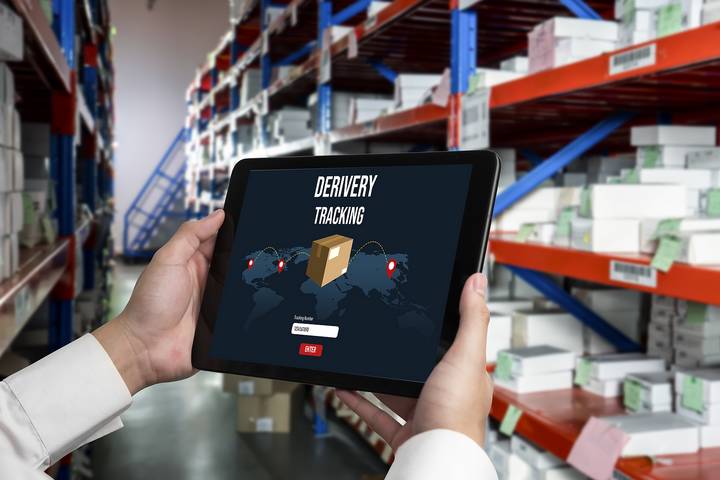Are you having issues with your supply chain? Or perhaps you’re wondering if things could work more smoothly than they already do. This would simplify your processes and ensure the satisfaction and loyalty of your customers.
These seven tips will show you how to optimize a supply chain. However, it’s up to you to make the most of them and adapt them to your industry and to your situation.
1. Make your operations more cohesive with a business management software

If you’re not already using business management software, choosing and implementing one is the first step to optimizing your supply chain. And everything else.
The right software should allow you to manage your inventory, your sales, your finances, and more, all from the same system.
For example, your supply chain management software should make it easier for you to plan your order fulfillment operations. This will ensure that all your orders will be packaged and shipped quickly and cost-efficiently.
When all your processes work cohesively, your entire business improves automatically.
2. Don’t hesitate to outsource some aspects of your business

To streamline and optimize your supply chain, don’t hesitate to outsource some of your operations if you need to.
You could find a partner that will handle logistics and inventory management for you. A third party logistics company can streamline many operations on your behalf. for example. It’s also possible to outsource customer service so you can focus on fulfilling your orders while someone else answers questions from your customers and ensures their satisfaction.
Of course, as you partner up with other businesses that will take care of some aspects of your business for you, remember to establish clear and transparent communication between your team and theirs.
3. Establish relationships with more than one supplier

Are you currently relying on only one supplier? If so, establishing a business relationship with at least one more supplier should be an effective way to optimize your supply chain.
Think about it. If your current supplier is unable to deliver the products you need on time, you will also be unable to ship your orders on time. Your customers might blame your business for this delay, even if it isn’t your fault.
On the other hand, if you rely on more than one supplier and one of them has issues, you can order the products you need from another supplier.
And if one of your suppliers increases their rates, you will have other options.
4. Always communicate clearly with your suppliers

Clear and transparent communication is essential to a profitable and satisfying business relationship. And if you have more than one supplier, improving your communication with them becomes even more imperative.
To optimize your supply chain, you need to prevent confusion and quickly clear up misunderstandings. Of course, this is much easier to do when you are fully transparent with your suppliers and other business partners, and when you know you can expect the same from them.
5. Keep an eye on what your customers want and need

No one can predict the future. But if you use the right analytics tools, you should be able to gain a better understanding of your market and of your customers.
When you know what your customers want, when they want it, and how they plan on purchasing it, it becomes easier for you to provide them with what they want.
Understanding trends and demands will help inform many of your business decisions. Above all, it will help you maintain the right levels of inventory, so you’re always well-equipped to face the demand for your products.
6. Keep just the right size of inventory

You need to be able to know, at all times, how many products are currently in your inventory, as well as how long it should take to place and receive an order for more products.
You must also know how many products you should keep in your inventory. If your inventory levels are too low, you could be unable to meet customer demand. On the other hand, if your inventory levels are too high, you could be tying up some of your cash for an undetermined period of time.
7. Automate at least a few of your processes

Another thing you can do to optimize your supply chain is to automate at least a few manual processes.
For example, software could easily handle invoicing and accounts payable. You could also invest in automated shipping systems, which could take care of packaging your orders for you and printing and applying shipping labels.
The more tasks you can automate, the more time your employees will have for tasks that simply can’t be automated.














